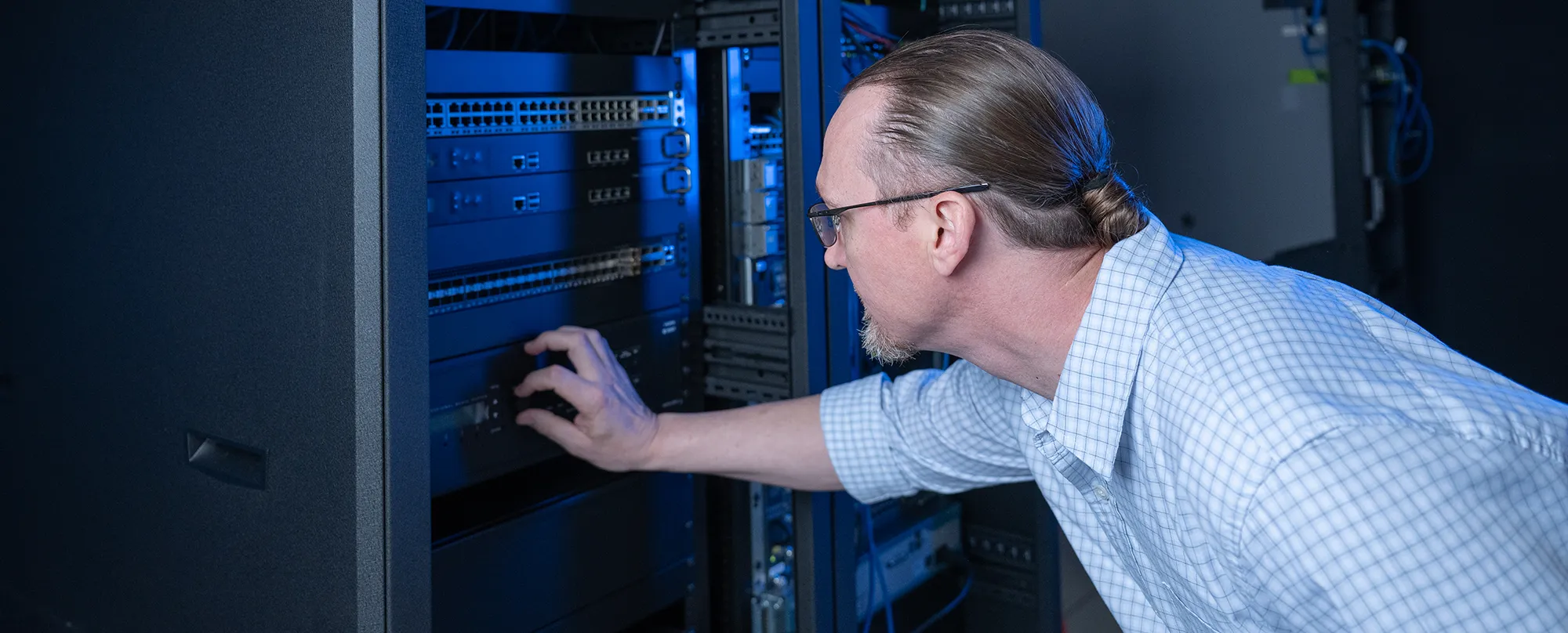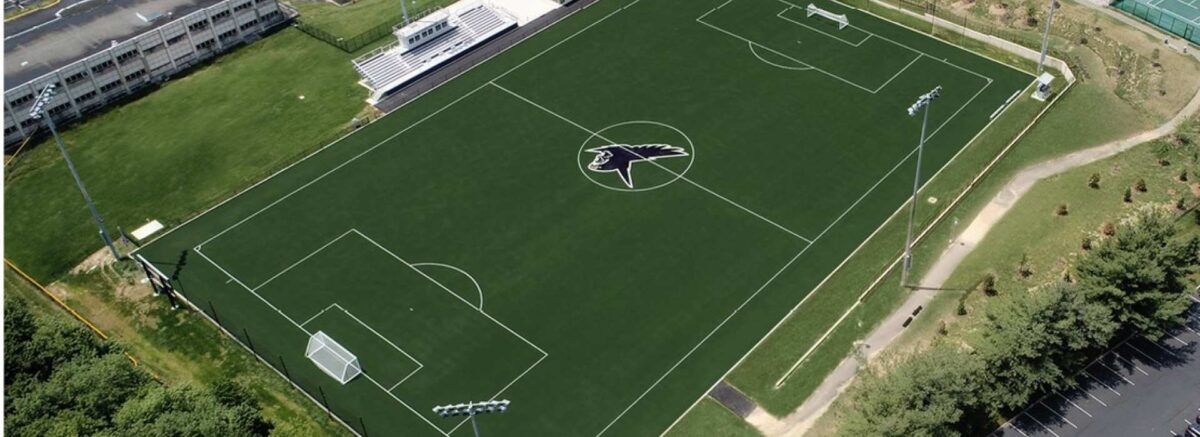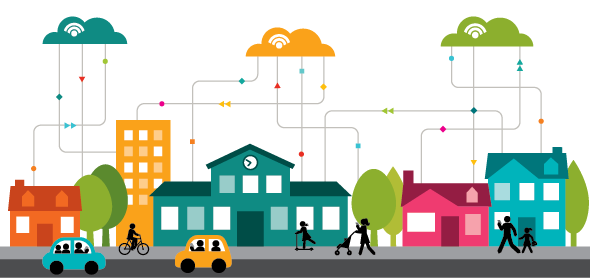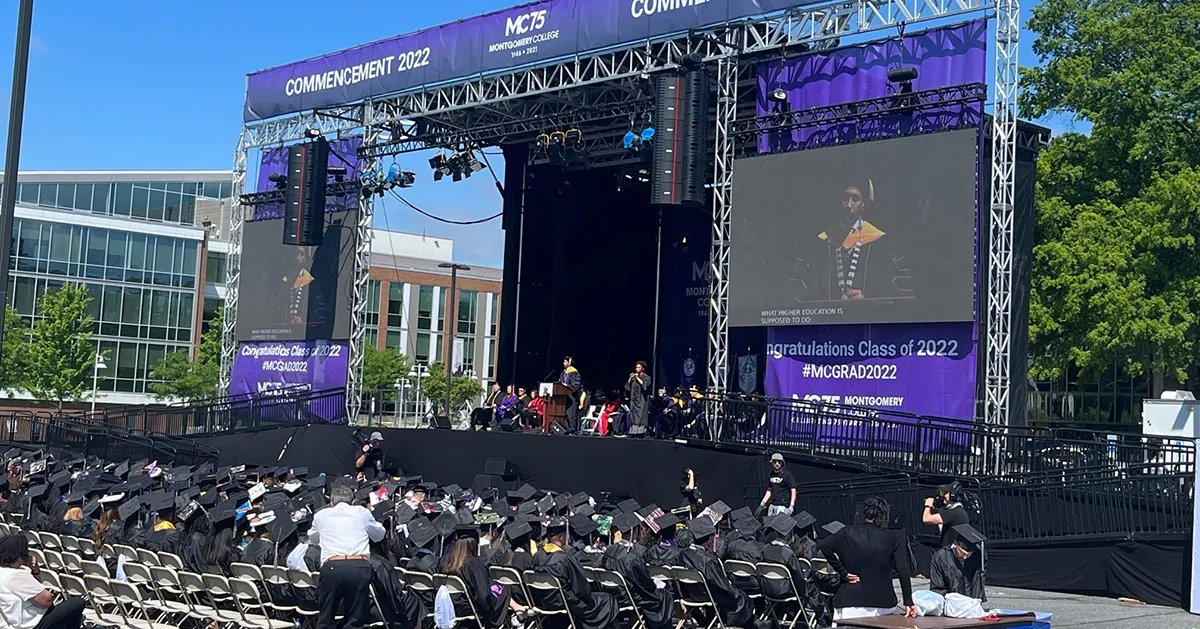Modernizing Campus Connectivity
Modernizing Campus Connectivity Through Cellular Service
In today’s higher education landscape, connectivity is an essential component of teaching, learning, safety, and campus life we have all adapted to. While Wi-Fi networks have historically filled that gap, the growing demand for reliable, high-speed cloud and data access has revealed the limitations of Wi-Fi alone. Modernizing campus connectivity through cellular service provides institutions of higher learning with a forward-looking solution that supports academic innovation, ensures operational efficiency, and enhances student experience.
A reliable wireless network is essential for the modern, mobile workforce.
The Future of Campus Connectivity Is Cellular
Personnel can and do now carry multiple connected devices: smartphones, laptops, tablets, and wearables etc. In addition, the rise of distance learning, cloud-based academic resources, and real-time collaboration platforms has pushed traditional campus networks to their limits. While Wi-Fi coverage can be strong in classrooms and libraries, gaps often exist in outdoor spaces, dormitories, athletic fields, and older buildings with thick walls. Students expect the same level of seamless connectivity on campus that they experience in public spaces, airports, or at home. A failure to meet these expectations can negatively impact enrollment, satisfaction, and the institution’s reputation.
Modern cellular technologies, particularly traditional 4G LTE and emerging 5G networks, offer several advantages to the modern staff and students. Cellular coverage provides broader reach, higher reliability, and superior mobility as well as end to end encryption. Cellular networks can support continuous connectivity as users move across the campus. This is especially critical for students engaged in video calls, virtual labs, or immersive applications such as augmented and virtual reality, where network interruptions disrupt learning.
Cellular service also enhances safety. With reliable coverage, students can place emergency calls or use safety apps anywhere on campus, including parking garages, outdoor walkways, and remote areas. Campus security personnel benefit from dependable communications and real-time location tracking through cellular-enabled devices, strengthening emergency response.
As universities adapt to the digital world, the importance of dependable connectivity only grows. Research projects may require streaming large data sets from the cloud, conducting live virtual experiments, or collaborating with international partners. Staff and faculty may employ interactive technologies such as polling apps or real-time simulations in lecture halls, which demand robust bandwidth. Cellular service, particularly 5G, unlocks the potential for low-latency applications such as remote surgery simulations in medical schools or even AI-driven design labs in engineering programs.
Deploying modern cellular service on campus requires detailed and thoughtful planning. Many institutions partner with integrators such as us to install distributed antenna systems (DAS) or small cells that extend coverage both indoors and outdoors. These solutions allow cellular signals to distribute over older traditionally built construction, as well as new LEED technologies while delivering uniform service in dense environments like residence halls or stadiums.
It is important to note that cellular service is not intended to replace campus Wi-Fi. Instead, the two technologies complement each other. Wi-Fi remains essential for high-capacity indoor environments and academic settings where large numbers of devices connect simultaneously. Cellular networks, on the other hand, provide coverage in areas where Wi-Fi struggles and ensures mobility without drop-offs. Together, they create a resilient, layered connectivity environment that meets the full spectrum of campus needs.
Conclusion
The modernization of campus connectivity through cellular service is a strategic opportunity for transformation. Reliable, high-speed cellular networks extend coverage, boost safety, and unlock new possibilities for academic innovation. By embracing cellular integration, institutions create a connected campus that not only supports today’s demands but also anticipates the needs of tomorrow’s students, educators, and researchers. In an increasingly digital world, where connectivity is ubiquitous in every aspect of education and campus life, modernizing through cellular service is not just an upgrade—it is an investment in the future of higher education.
Related Case Studies
Cellular Solutions That Strengthen Campus Networks





